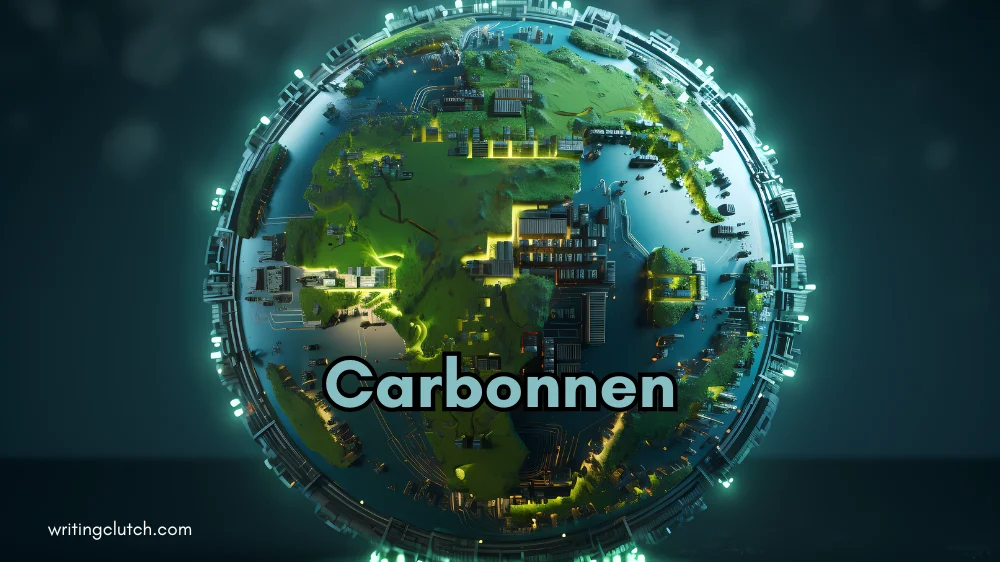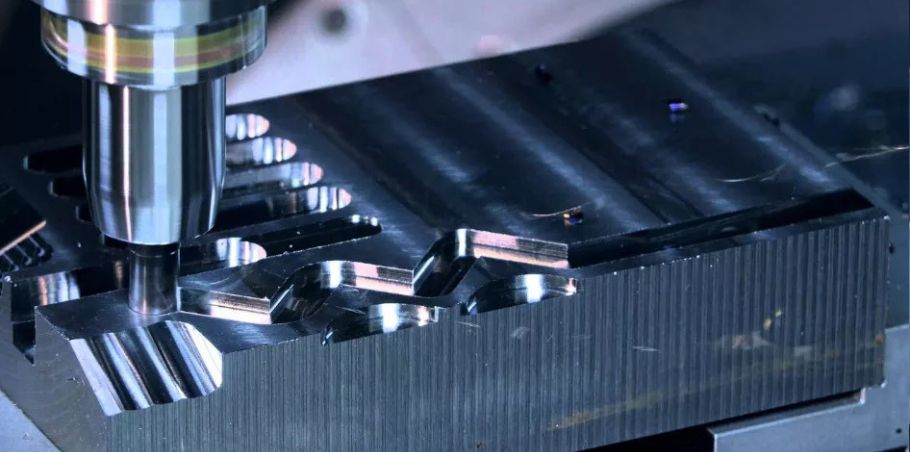Imagine a world where the materials we use every day are not only high-performing but also kind to our planet. Enter carbonnen, a groundbreaking sustainable material poised to revolutionize various industries. But what exactly is carbonnen, and why should you care about it? Let’s dive into the future of sustainable materials and explore why it is set to change the game.
The Rise of Sustainable Materials
The conversation around sustainable materials has never been more critical. Traditional materials like plastic, steel, and concrete have significant environmental impacts, from high carbon emissions to non-biodegradability. As the world becomes more environmentally conscious, there’s a palpable shift towards sustainability. Innovations in materials science are paving the way for alternatives that reduce our ecological footprint without sacrificing performance.
Understanding Carbonnen
So, what exactly is it? Originating from advanced research in material science, it is a composite material known for its impressive strength, lightweight properties, and eco-friendliness. It’s designed to replace traditional materials in various applications, offering a greener alternative that doesn’t compromise on quality.
Carbonnen vs. Traditional Materials
How does carbonnen stack up against the materials we’ve relied on for decades? When compared to steel, it offers superior strength-to-weight ratio, making it ideal for applications where weight reduction is crucial. Unlike plastic, which often ends up in landfills, it is designed with recycling in mind, significantly reducing its environmental impact. Its versatility and durability make it a strong contender in industries ranging from construction to electronics.
Production Process of Carbonnen
The magic of carbonnen lies in its production process. It starts with sustainable raw materials, often derived from recycled carbon fibers or natural sources. The manufacturing process involves a series of steps including purification, blending, and molding, utilizing state-of-the-art technology to ensure consistency and quality. Innovations in production are continually being developed to make the process more efficient and less resource-intensive.
Applications of Carbonnen
The potential uses of carbonnen are vast and varied. In construction, it’s used for everything from building frames to insulation materials. The automotive industry leverages its lightweight properties to improve fuel efficiency and reduce emissions. In electronics, its heat resistance and strength make it ideal for components like circuit boards and casings. Even the fashion and textiles industry are exploring it for creating sustainable fabrics that don’t compromise on style or functionality.
Advantages of Carbonnen in Construction
Construction is one of the sectors where it shines the brightest. Its durability ensures long-lasting structures, while its cost-effectiveness makes it an attractive option for large-scale projects. Additionally, its eco-friendly nature aligns with the growing demand for green building practices, helping to reduce the carbon footprint of new constructions.
Automotive Industry Transformation with Carbonnen
The automotive industry is always on the lookout for materials that can make vehicles lighter and more efficient. It fits the bill perfectly. Its lightweight nature contributes to better fuel efficiency and lower emissions, making cars greener and cheaper to run. Moreover, its high strength enhances vehicle safety, providing better crash resistance without adding extra weight.
Carbonnen in Electronics
In the fast-paced world of electronics, performance and reliability are key. Its excellent heat resistance makes it perfect for components that generate a lot of heat, ensuring devices remain cool and functional. Its lightweight and strong properties also enable the miniaturization of devices, allowing for more compact and powerful electronics.
Fashion and Textiles
Sustainability in fashion is more than a trend; it’s a necessity. It offers a new frontier for sustainable fabrics that don’t compromise on aesthetics or performance. Designers can leverage its flexibility to create innovative designs, while consumers can enjoy products that are both stylish and environmentally responsible.
Environmental Impact
One of the biggest selling points of it is its positive environmental impact. By significantly reducing carbon emissions during production and being fully recyclable, it helps lower the overall carbon footprint. Its entire lifecycle, from production to disposal, is designed with sustainability in mind, making it a truly green material.
Economic Implications
The rise of carbonnen also brings significant economic benefits. As demand for sustainable materials grows, so does the market for it, leading to job creation and economic growth. Furthermore, the long-term savings from reduced material costs and improved efficiency can make a substantial impact on both businesses and consumers.
Challenges and Limitations
Despite its many advantages, Carbonnen is not without challenges. Current technological barriers can make its production more costly compared to traditional materials. Additionally, widespread adoption requires changes in manufacturing processes and consumer behavior. However, ongoing research and development promise to overcome these hurdles, making it more accessible and affordable in the near future.
Future Prospects of Carbonnen
The future of carbonnen looks bright, with continuous advancements in research and development. Potential new applications are being explored in fields like aerospace, renewable energy, and more. Industry predictions indicate that it could soon become a staple in various sectors, driving a new era of sustainable development.
FAQs about carbonnen
What is Carbonnen made of?
It is typically made from recycled carbon fibers or natural materials, processed into a durable composite.
How does it impact the environment?
It significantly reduces carbon emissions and is fully recyclable, making it an eco-friendly material choice.
Can Carbonnen replace all traditional materials?
While it has the potential to replace many traditional materials, its adoption depends on overcoming current production costs and technological barriers.
What are the main industries using it?
Construction, automotive, electronics, and fashion are some of the main industries exploring the use of it.
How can consumers support the use of it?
Consumers can support it by choosing products made from sustainable materials and advocating for environmentally responsible manufacturing practices.
Conclusion
In summary, Carbonnen represents a monumental step forward in the quest for sustainable materials. Its unique properties and wide range of applications make it a versatile and environmentally friendly alternative to traditional materials. As technology advances and adoption increases, it is set to play a pivotal role in shaping a sustainable future.
If you gained new insights from this article, explore our blog, Gimkit, for more enlightening content.





